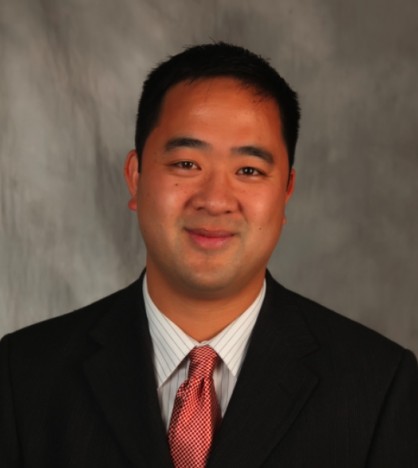SUBSCRIBE to
Local Clean Energy
News & Alerts
FiT for California?
 At the March meeting of the Local Clean Energy Alliance, Ted Ko from the Clean Coalition (Clean Local Energy Accessible Now) discussed barriers to the development of distributed electricity generation in California and other programs advocated by the Clean Coalition.
At the March meeting of the Local Clean Energy Alliance, Ted Ko from the Clean Coalition (Clean Local Energy Accessible Now) discussed barriers to the development of distributed electricity generation in California and other programs advocated by the Clean Coalition.
An energy future for California that is based on small-scale, local renewable energy generation could speed the transition to clean energy. Additional benefits include creating jobs and boosting the economy, providing stable utility rates and resilient sources of energy. Recognizing these benefits, Governor Brown called for the development of 12,000 megawatts of local renewable generation by 2020.
Yet progress has been slow at the state level. Where’s the hold up?
In his presentation Ko pointed out that California Senate Bill 32, passed in 2009, established a kind of Feed in Tariff (FiT) to stimulate the development of small-to-medium scale (less than 3 megawatts) wholesale distributed generation projects. State-wide the bill set a target of 1,000 megawatt’s worth of generating capacity from such projects.
Developers enroll in the program to be guaranteed that utility companies pay a “Renewable Market Adjusting Tariff” for the electricity they produce. The Renewable Market Adjusting Tariff differs from the European-style FiT because the rate paid is based on the current market price (or a market referent), and no incentive amount is added.
Since the legislation passed, the program has languished for three years without a start date. The passage of Senate Bill 1332, sponsored by the Clean Coalitioin, sets a start date of July 1, 2013.
However, Ko said there are so many solar projects waiting in line to apply, that the program will fill the day registration opens, leaving many renewable energy projects waiting for the state to increase the amount of electricity eligible for the tariff.
According to Ko, It is unlikely that California will do this anytime soon, as it expects to easily reach the 33% Renewable Portfolio Standard (RPS) 2020 target as early as 2014, without doing anything more to promote the growth of renewable energy resources in the state. In fact, targets set by incentive programs such as in SB 32 become ceilings because the state lacks the political will to move more aggressively to transition to renewable energy.
Another barrier to the development of local renewable generation cited by Ko is the difficulty in connecting to the grid. Grid interconnect can take 2 years for a completed project in some areas and only 6 months in others. A modernized, “intelligent” grid is a major mission of the Clean Coalition.
Clearly, one of the biggest hurdles to the development of distributed generation in the state of California is the lack of political will in Sacramento. Ko stressed that energy regulators in California should assume a decentralized energy future and move more aggressively in that direction.
- Log in to post comments
